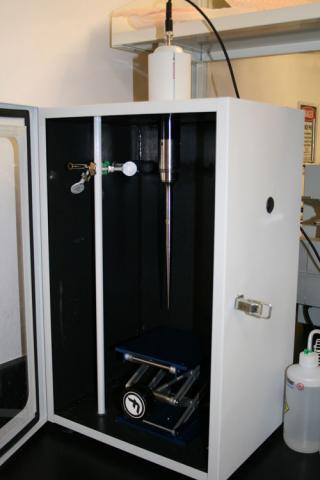The Microbiology and Fermentation Core is a service facility dedicated to growing microorganisms and processing them for further analysis of cells and sub-cellular components such as proteins, carbohydrates, etc. The facility can cultivate bacteria on scales from milliliters up to 2 x 30 liters at a time. There is equipment for harvesting and breaking cells as well as ultracentrifuges for sub-cellular fractionation, for example to isolate the cell membrane fraction. The facility is directed by Dr. Joel E. Morgan, an experienced research scientist who conducts hands-on training for users.
The facility has three fermentors with working volumes of 30, 30, and 15 liters. In these bioreactors, the culture medium can be sterilized in-place, and during growth, temperature, aeration, agitation, and pH can be actively controlled. The facility has a continuous-flow centrifuge for use with the fermentors. When the two 30 liter fermentors are used to grow the same culture in parallel, cells from the combined 60 liters can be harvested in a single run. For growth of cultures in flasks, the facility has two large refrigerated incubator shakers of which each accommodate up to 12 liters. Smaller incubator shakers are also available for overnight cultures and medium-scale growth. High capacity centrifuges make it possible to harvest cells from up to 6 liters in a single run. The facility has three pieces of equipment to break the harvested cells: a probe-type ultrasonic disruptor or "sonicator" that can work with small volumes (> 1 mL), a French pressure cell, and a Microfluidizer. The facility also has three preparative ultracentrifuges, two with high-capacity rotors, which can be used to collect cell membranes or do other fractionations of the broken cells. For anaerobic work, the facility has an anaerobic glove chamber. There is also an elutriator, which is used to separate living cells by size on a preparative scale. To calibrate and monitor the operation of the elutriator there is a Coulter counter, that can count and measure the sizes of cells. Although the facility is oriented to working with microorganisms, we are happy to work with users with other needs such as using centrifuges or the ultrasonic disruptor to process materials.
Contact Information:
Joel Morgan, Ph.D.
Microbiology and Fermentation Core Director
518-276-4170
morgaj3@rpi.edu
| RPI Users | External Nonprofit | External Industry | External Industry Partners | |
|---|---|---|---|---|
| Full Membership | $4024 | $6619 | $13238 | $11915 |
| Minor Membership | $313 | $515 | $1030 | $927 |
| Training | $89 | $146 | $293 | $264 |
| Fermentors - simple | $27 | $44 | $89 | $81 |
| Fermentors - complex | $67 | $110 | $220 | $199 |
Guide to Resources
- Incubator-shakers
- Anaerobic chamber
- Bio-reactors (“fermenters”)
- High capacity “Superspeed” centrifuges and Ultracentrifuges (Sorvall EvolutionRC volumes to 6 liters per spin)
- Centrifuge for culture tubes and 96-well type plates
- Continuous-flow harvesting centrifuge for use with bio-reactors (CEPA Z-41)
- Ultrasonic processor
- French Pressure Cell
- Microfluidizer continuous-flow cell disruptor
- Tissue disruptor: Polytron
- Large preparative ultracentrifuges (Beckman LE-80K)
- Tabletop preparative Ultracentrifuge (Beckman Optima TL)
Beckman-Coulter Elutriator system, includes Coulter counter: instrument for counting cells and measuring their size
Technology
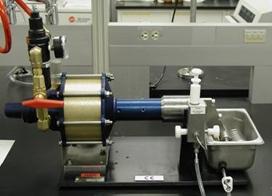

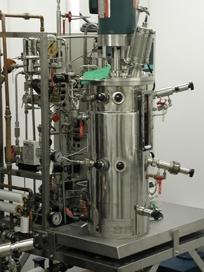
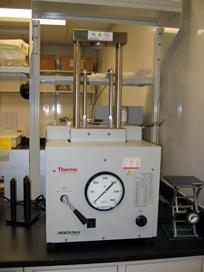
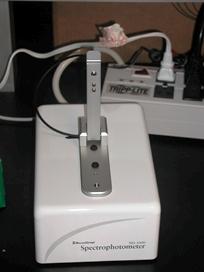
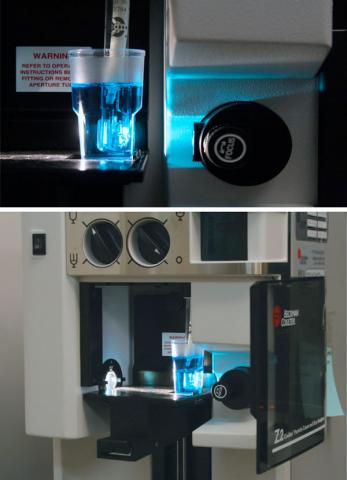
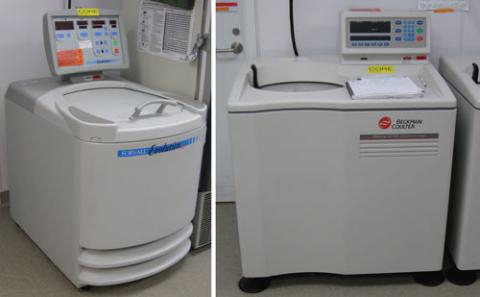
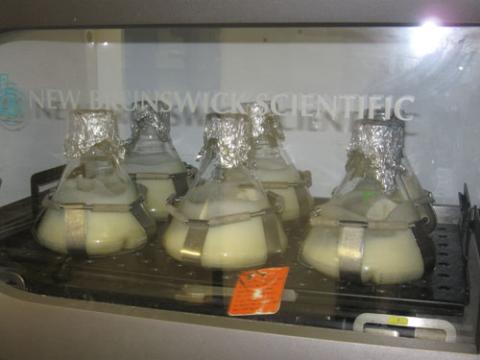
- Two New Brunswick Scientific Innova 44R, large size
- One New Brunswick Scientific Innova 4230, refrigerated, medium size
- Two New Brunswick Scientific Innova 4000, medium size
